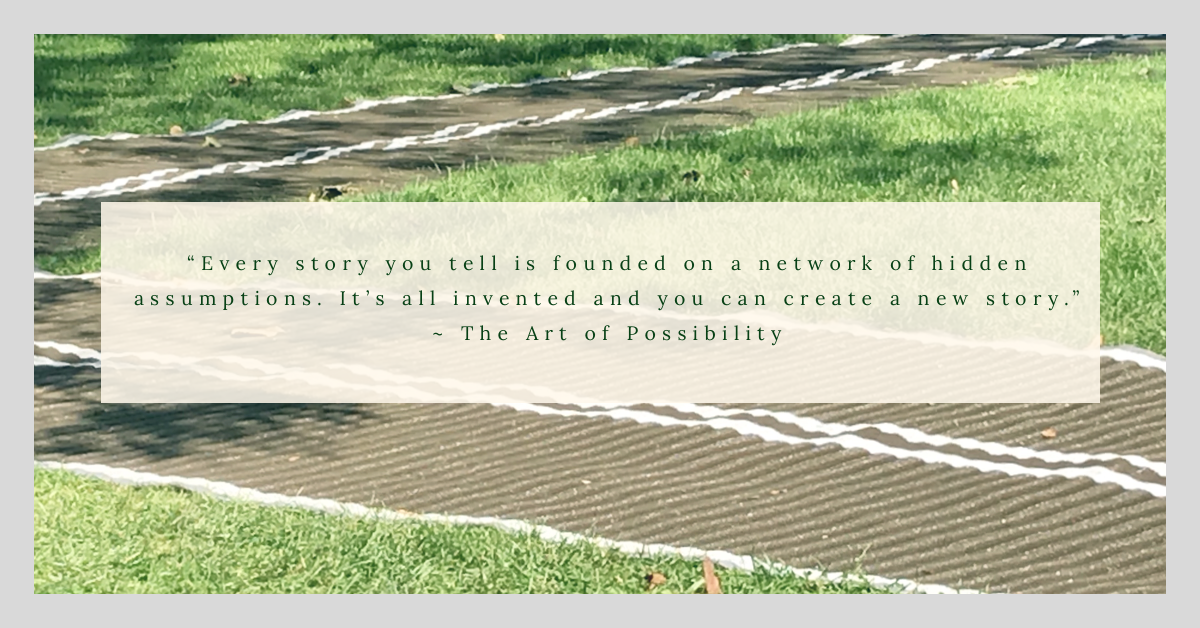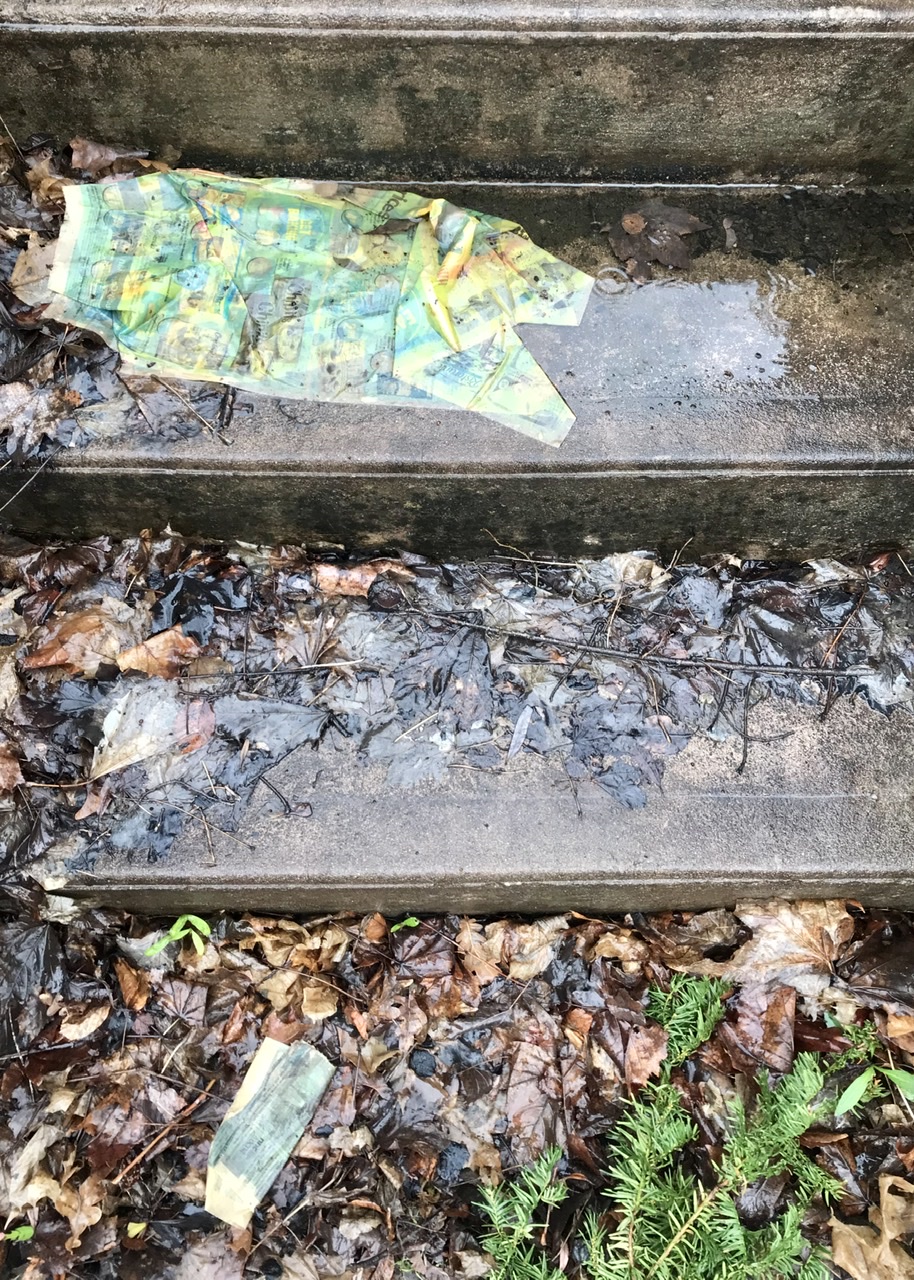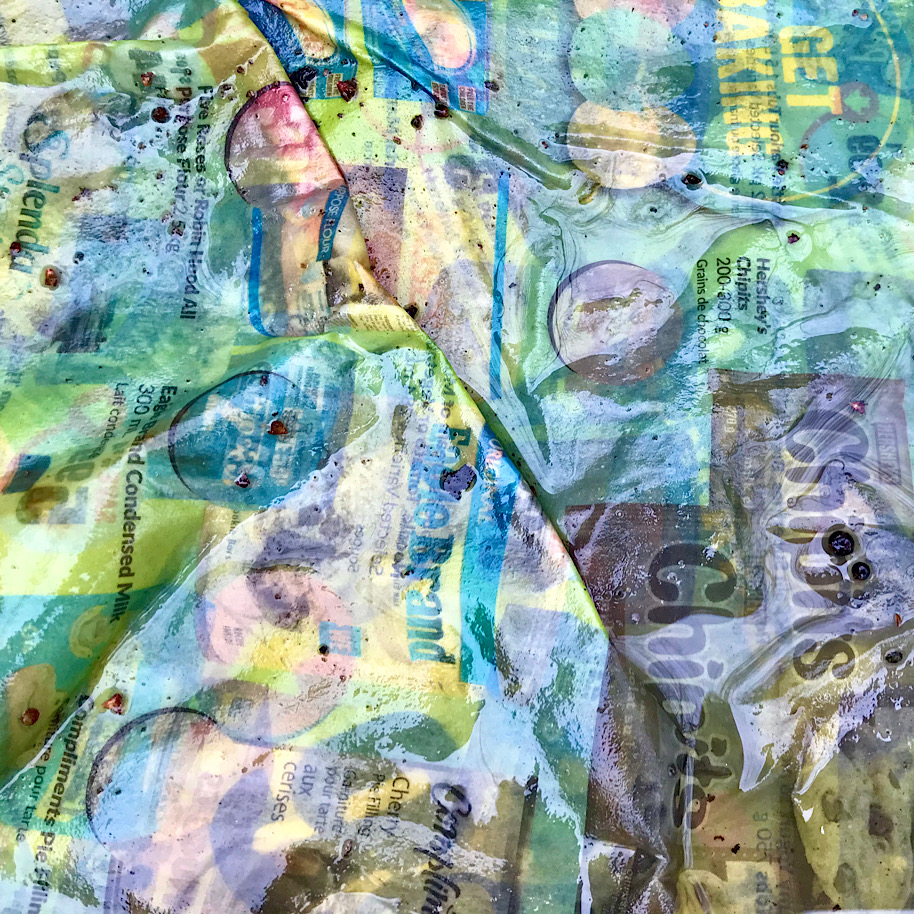
In this second of three April updates, I’ve been thinking of the importance of touch, exploring the conditioned mind, and possibilities for the future.
We’re into the second month of physical isolation and it’s taking its toll. Some of us, of course, have had to endure more isolation than others. I really feel for those living alone. Catching up with people on Zoom has been great, but there’s nothing like physical contact. To feel someone’s presence, to give them a hug. I know of several people who have had grandchildren born and have not yet been able to hold them. There’s so much we take for granted.
The Intimacy of Touch
This month I participated in a Twitter book club moderated by the environmental writer, Robert Macfarlane (a must follow), where I re-read The Living Mountain by Nan Shepherd, along with hundred of others around the world. She takes us through a sensual experience of the Cairngorm mountains in Scotland and this is what she has to say about touch.
“Touch is the most intimate sense of all. The hands have an infinity of pleasure in them. The whole skin has this delightful sensitivity; it feels the sun, it feels the wind running inside one’s garment, it feels water closing in on it as one slips under.
When we can’t touch the people we love, maybe it’s a good time to experience the pleasure of touch with the rest of the natural world. Feel the petals of the spring flowers, immerse yourself in water, walk barefoot on the ground if it’s not too cold to do so. If you can’t go outside, touch the textures in your home – fruits and vegetables, a blanket, the pages of your book. Take a bath. Open your other senses as well, but don’t forget about touch. It’s what we’re missing most right now.
The Conditioned Mind
One of the most important aspects of learning to see is noticing how your mind is conditioned. In a sense, we’re all brainwashed. We were born in a certain place at a certain time in a particular family. Our DNA, our genetic code is different from anyone else so we’re affected by situations and events differently from anyone else. Our experiences and what we’re taught and what we retain is not like anyone else.
We develop our own story about the way things are and we can get stuck there.
My husband loves to point out things that I miss when we’re out on our walks. He did this recently and I was grateful. I said thank you and this is the whole point. We all see differently and we need each other to see what we’re not seeing. That’s why I love our 30 Days of Perception group on Instagram. We all learn from each other.
For the past ten days or so in the 30 Days of Perception workshop, we’ve been noticing how our mind works and where our attention goes. It’s a fascinating exercise. Just noticing where your mind is going creates the seed for transformation. We can choose to place our attention elsewhere and we can change conditioned habits of thought. Most importantly, we can expand the possibilities for how to respond to any given situation.
One of the exercises is to suspend your likes and dislikes for a time and see how it opens up possibilities. This doesn’t mean that you don’t photograph what you like. And it doesn’t mean that you photograph what you dislike. You photograph what comes to you, regardless of what you think about it. In the example below, I decided one day last week to go for a walk in the rain. I walked by the steps below and noticed the debris on them. My mind said you noticed that so go back and take a look. The second photograph is what I saw as I looked closer. The point is that if I had just judged the scene as a messy doorstep, not worth photographing, I wouldn’t have found this image.


Here are some photographic exercises for working with the mind.
A Mindfulness Exercise for your Photo Walks
Just Let Go
Adventures in Seeing – Focus
Expand your Possibilities
This year, pre-Coronavirus, my plan was to not buy any new books in 2020. I wanted to re-read ones that have been significant for me (to get a fresh take) and to delve into some of the books on my analog and digital shelves that I hadn’t yet read. So far that plan has worked out well, although there are a few new books I’m itching to read. It’s a good exercise in delayed gratification (something we all need right now) and it’s saved me some money. One of the most delightful re-reads for me has been The Art of Possibility by Ben and Rosamund Zander. I wrote a summary of this book way back in 2013. It’s timely in that “when nothing is sure everything is possible.” (Margaret Drabble)
Zander’s premise is that everything in life is invented and so it can be re-invented. By noticing how your mind is conditioned, possibilities open up. While everything remains unsure during this pandemic, we can examine the invented world that led to this moment, and imagine the future we want. What will you do differently once things open up again? What new possibilities are available for you? Is there a way to live life or work in a new way, maybe a way you’ve always wanted? I realize that this may seem a question available only to those of privilege, but history shows that it’s available for all but not as easily accessible. It may mean that it’s up to those of us with more access to help make possibilities happen for others.
What’s needed now for all of us?
** Books mentioned have Amazon affiliate links, meaning I make a few cents if you purchase through my link. I only recommend books that I’ve read.